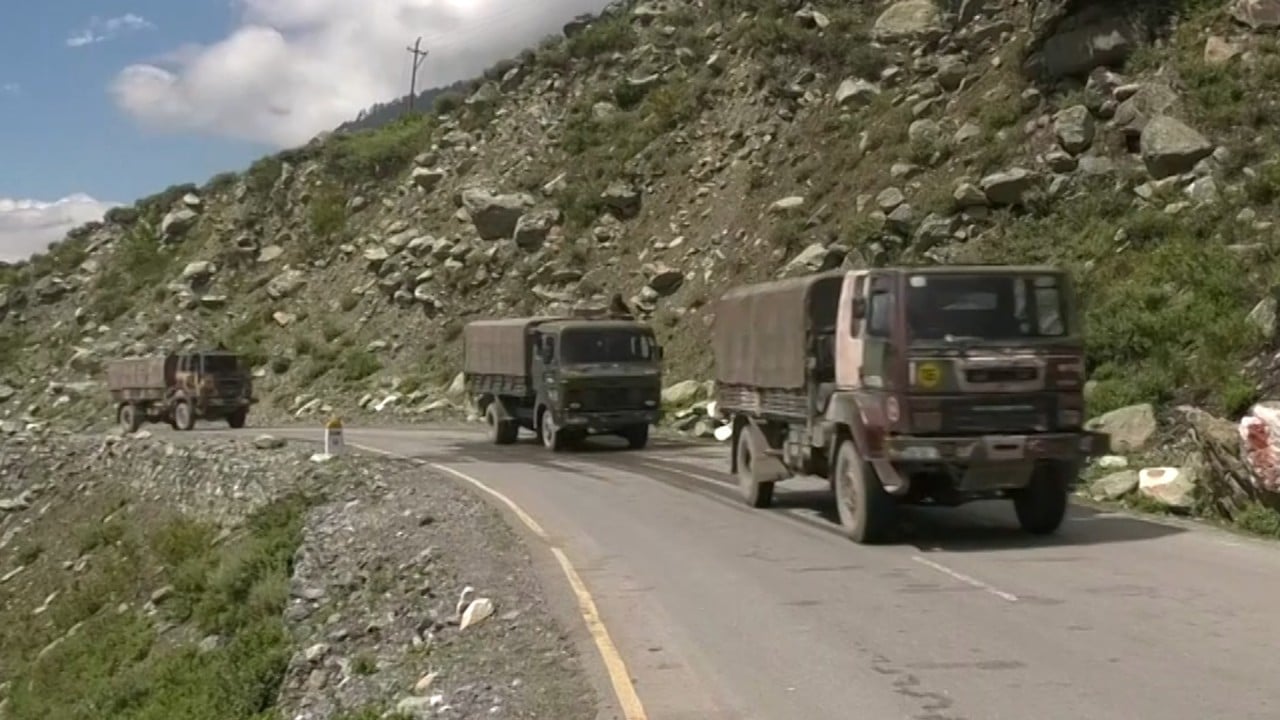
India’s stealth capture of border territory angers China, as New Delhi bans more Chinese apps including PUBG
- Thousands of Indian soldiers reportedly captured high ground near the country’s disputed border with China in a stealth nighttime operation
- News of the move came as New Delhi banned a further 118 Chinese apps, including the hugely popular mobile game PUBG

01:43
India sends more troops to Ladakh after flare-up of tensions at China-India border

“In China, we have a saying about a guilty man protesting conspicuously his innocence,” Foreign Ministry spokesperson Hua Chunying told reporters in Beijing. “That’s just what India did.”
New Delhi scrambles to shore up South Asia influence amid China-India dispute
Both India and China have moved thousands of troops, tanks, artillery guns and fighter jets close to the border since their stand-off began in May. But India’s move over the weekend escalated the conflict, said Jayadeva Ranade, a member of the National Security Advisory Board.
“The Indian military move on along the border is defensive but has element of deterrence as well,” said Ranade, who also heads the New Delhi-based think tank China Analysis and Strategy. India is now waiting to see how China reacts, including any moves to counter the deployment that could result in hostilities, he said.
The latest skirmishes underscore the growing risks of a Himalayan military conflict
Within China, the appetite for more aggressive moves appears to be growing. A joint survey launched by the Communist Party-run Global Times and the China Institutes of Contemporary International Relations, a research group affiliated with the Ministry of State Security, found more than 70 per cent of the nearly 2,000 people surveyed believed India was being too hostile against China. Nearly 90 per cent supported the government in retaliating strongly against Indian provocations.
How India and China’s deadliest clash in decades came about

“The latest skirmishes underscore the growing risks of a Himalayan military conflict,” he said.

